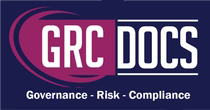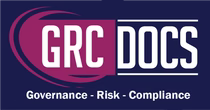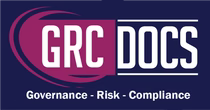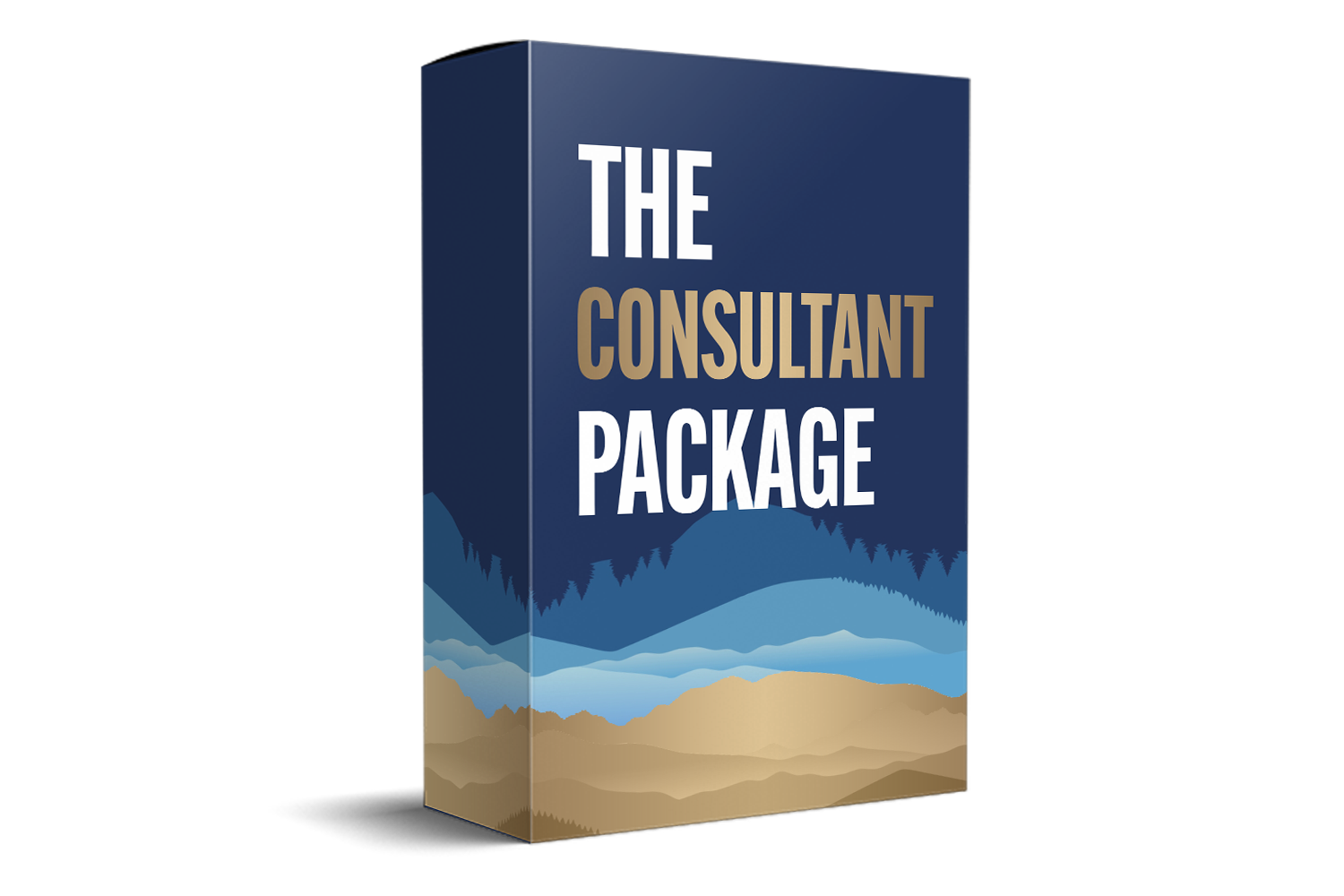SOC 2 Compliance Cost Quote What Businesses Should Expect
Introduction
In today's digital age, data security is more critical than ever. As cyber threats become more sophisticated, businesses must prioritize protecting sensitive information to maintain trust and credibility. For businesses that handle sensitive information, SOC 2 compliance has become a gold standard. It represents a commitment to high standards of data protection and privacy, ensuring that customer data is handled responsibly and securely. But one question that often arises is: How much does SOC 2 compliance cost? In this guide, we'll break down the typical costs associated with SOC 2 compliance in 2025, providing you with a clear picture of what to expect. Understanding the financial investment required can help organizations plan and allocate resources more effectively.

Understanding SOC 2 Compliance
Before diving into the costs, it's essential to understand what SOC 2 compliance entails. SOC 2, or Service Organization Control 2, is a framework designed for technology and cloud computing organizations. It ensures that they manage customer data based on five trust service principles: security, availability, processing integrity, confidentiality, and privacy. These principles are critical in defining how an organization should protect and handle data, ensuring that it is safe from unauthorized access and that systems are reliable and perform as intended.
SOC 2 compliance is not just a one-time certification; it's an ongoing commitment to maintaining high standards of security and operational excellence. The framework provides a structured approach for organizations to assess their security practices and make necessary improvements. By adhering to these principles, companies can mitigate risks and enhance their reputation in the marketplace.
Why SOC 2 Compliance Matters
SOC 2 compliance is vital because it assures clients that a company is handling their data responsibly. In an environment where data breaches can lead to significant financial losses and reputational damage, having SOC 2 compliance can be a competitive advantage. Achieving this certification can open doors to new business opportunities and build trust with potential customers. It signals to clients and partners that the organization is serious about protecting sensitive information and adhering to industry best practices.
Furthermore, SOC 2 compliance can facilitate partnerships with larger organizations that require their vendors to meet specific security standards. For many companies, being SOC 2 compliant is not just an option but a requirement to do business with key clients. This compliance also helps in aligning with various regulatory requirements, thus avoiding potential legal complications and fines.
Factors Influencing SOC 2 Compliance Costs
Several factors affect the cost of achieving SOC 2 compliance. Understanding these can help businesses prepare and budget accordingly.
1. Size of the Organization: Larger organizations typically incur higher costs due to the complexity and volume of data they handle. The sheer scale of operations means more systems to audit, more policies to evaluate, and a greater need for comprehensive security measures. Smaller companies might find the process less expensive but still need to invest in the necessary resources. However, even for smaller businesses, the costs can add up quickly if existing security measures are inadequate.
2. Scope of the Audit: The broader the scope, the higher the costs. Companies can choose which trust service principles to include in their audit, and this decision will impact the overall expense. Focusing on more principles might be necessary for some businesses, especially if they operate in highly regulated industries or have diverse client requirements.
3. Existing Security Measures: Organizations with robust security measures in place may spend less on achieving compliance, as they might require fewer changes and updates to their systems. Having a mature security framework can streamline the compliance process, reducing the need for extensive remediation.
4. Internal vs. External Resources: Deciding whether to handle the compliance process in-house or hire external consultants can significantly impact costs. Each option has its pros and cons, and businesses must weigh them carefully. Handling compliance internally might save on consultancy fees but could require significant time and expertise from staff.
Breakdown Of SOC 2 Compliance Costs
Let's delve into the typical costs associated with SOC 2 compliance. Understanding these components can help organizations budget more accurately.
1. Pre-Audit Costs: Before the official audit, companies often incur costs related to preparation. These are crucial to ensuring a smooth audit process and minimizing unexpected challenges:
-
Gap Analysis: Identifying gaps in current security practices can cost between $5,000 and $10,000. This step involves a thorough review of existing controls and processes to determine areas needing improvement. Conducting a gap analysis early can save money in the long run by preventing costly remediation efforts later on.
-
Remediation: Addressing identified gaps can range from $10,000 to $50,000, depending on the extent of changes needed. This phase might include updating policies, implementing new technologies, or enhancing employee training programs. Effective remediation ensures that systems are robust and aligned with SOC 2 standards, reducing the risk of audit failures.
2. Audit Costs: The audit itself is a significant part of the SOC 2 compliance cost. It's the culmination of preparation efforts and determines whether an organization meets the required standards:
-
Type I Report: This initial report focuses on the suitability of a company's system design. It can cost between $10,000 and $30,000. Type I audits provide a snapshot of how well systems are designed to meet trust service principles at a specific point in time.
-
Type II Report: This is a more comprehensive audit that evaluates the effectiveness of a company's systems over time. Costs can range from $20,000 to $100,000, depending on the audit's scope and duration. Type II audits assess ongoing compliance and operational effectiveness, providing a more in-depth evaluation of security practices.
3. Post-Audit Costs: Once the audit is complete, there are ongoing costs to maintain compliance. These are essential to ensuring that the organization continues to meet SOC 2 standards:
-
Continuous Monitoring: Regularly updating and monitoring systems can cost between $5,000 and $15,000 annually. Continuous monitoring helps detect and address potential vulnerabilities before they become significant issues.
-
Re-audits: Companies typically undergo re-audits every year, costing between $15,000 and $40,000. Re-audits confirm that the organization maintains compliance over time, ensuring sustained trust with clients and partners.
Hidden Costs Of SOC 2 Compliance
Beyond the direct costs, there are hidden expenses to consider. These can be significant and should not be overlooked in budgeting.
-
Employee Training: Ensuring staff understand and adhere to SOC 2 standards requires regular training sessions, which can add up over time. Training ensures that employees are aware of their roles in maintaining compliance and can effectively implement necessary practices.
-
Technology Upgrades: Maintaining compliance might necessitate investing in new technologies or upgrading existing ones, adding to the overall cost. As threats evolve, organizations must ensure that their technological infrastructure is capable of addressing new challenges.
- Opportunity Costs: The time and resources dedicated to achieving compliance could be spent on other business activities, representing an opportunity cost for the organization. Compliance efforts can divert attention from core business functions, impacting productivity and growth.
Tips To Manage SOC 2 Compliance Costs
To help manage and potentially reduce SOC 2 compliance costs, consider the following tips. These strategies can help optimize resource use and enhance efficiency.
-
Plan Ahead: Start preparing for SOC 2 compliance well in advance. Early preparation can help spread costs over time and reduce last-minute expenses. A proactive approach allows for a more thorough assessment of needs and better resource allocation.
-
Leverage Technology: Use automated tools and software to monitor and maintain compliance efficiently. This can save both time and money in the long run. Automated solutions can streamline data collection, reporting, and monitoring, reducing the burden on staff and minimizing errors.
-
Engage Experts: Hiring experienced consultants can streamline the compliance process and help avoid costly mistakes. Consultants bring specialized knowledge and insights that can enhance the effectiveness of compliance efforts.
- Focus on Incremental Improvements: Instead of trying to achieve everything at once, focus on incremental improvements. This approach can make the process more manageable and less costly. By setting achievable milestones, organizations can maintain momentum and celebrate progress, fostering a positive compliance culture.
Conclusion
SOC 2 compliance is an investment in your company's future. While the costs can be significant, the benefits of building trust with clients and opening new business opportunities are invaluable. In today's competitive market, demonstrating a commitment to data security can differentiate an organization and enhance its reputation. By understanding the various factors and costs involved, you can better prepare your organization for the SOC 2 compliance journey in 2025.






